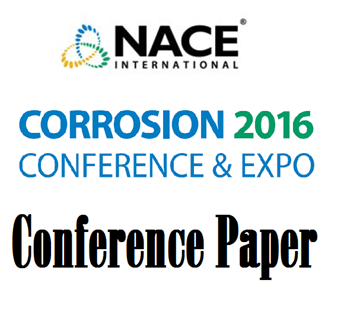Search
03544 MICROSCOPIC DIFFERENTIATION OF INTERNAL CORROSION INITIATION MECHANISMS IN NATURAL GAS PIPELINE SYSTEMS
Also Purchased
51316-7259-Validation of Internal Corrosion Threat Guidelines for Dry Natural Gas Pipelines
Product Number:
51316-7259-SG
ISBN:
7259 2016 CP
Publication Date:
2016
$20.00
51318-11630-Internal Corrosion Direct Assessment of a Wet Gas Pipeline
Product Number:
51318-11630-SG
Publication Date:
2018
$20.00
03574 EVALUATION OF CHEMICAL TREATMENTS IN NATURAL GAS SYSTEMS VS. MIC AND OTHER FORMS OF INTERNAL CORROSION USING CARBON STEEL COUPONS
Product Number:
51300-03574-SG
ISBN:
03574 2003 CP
$20.00




